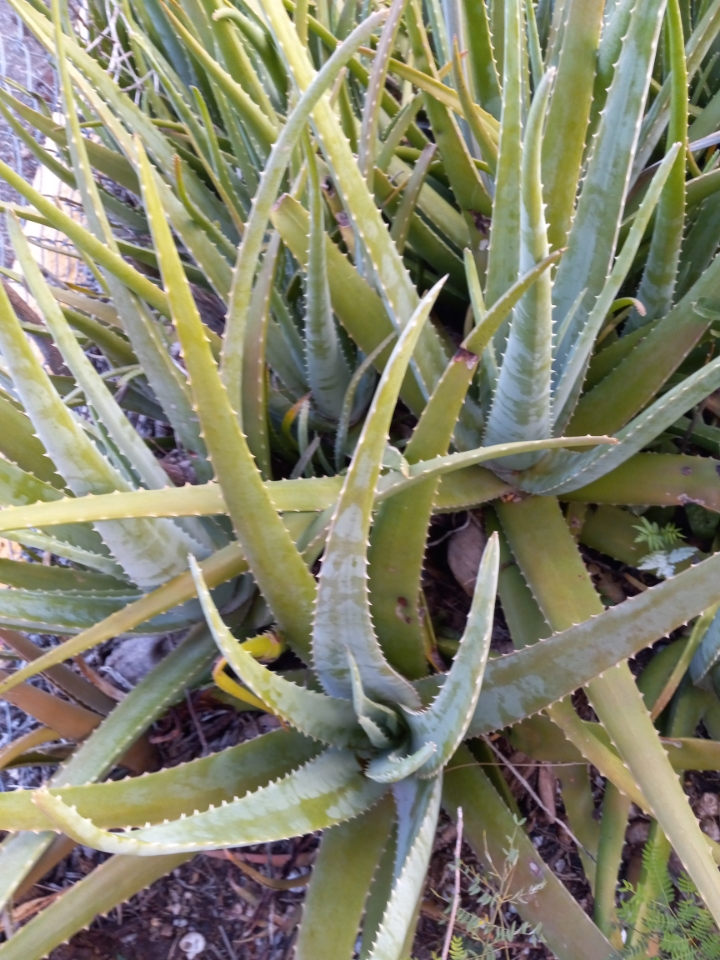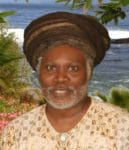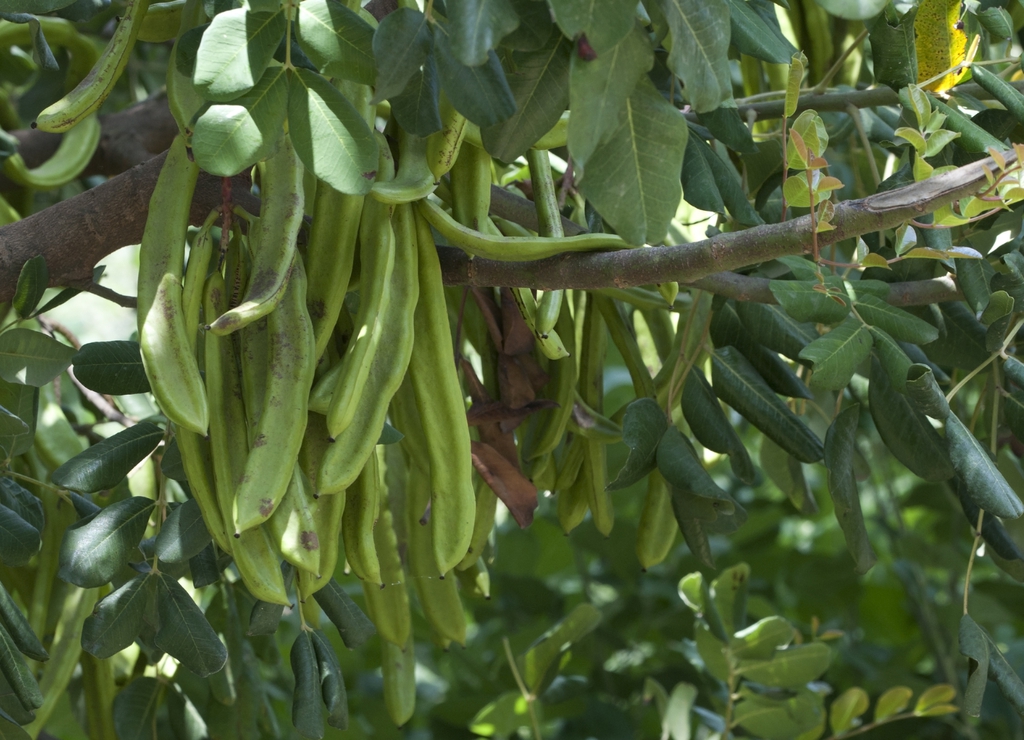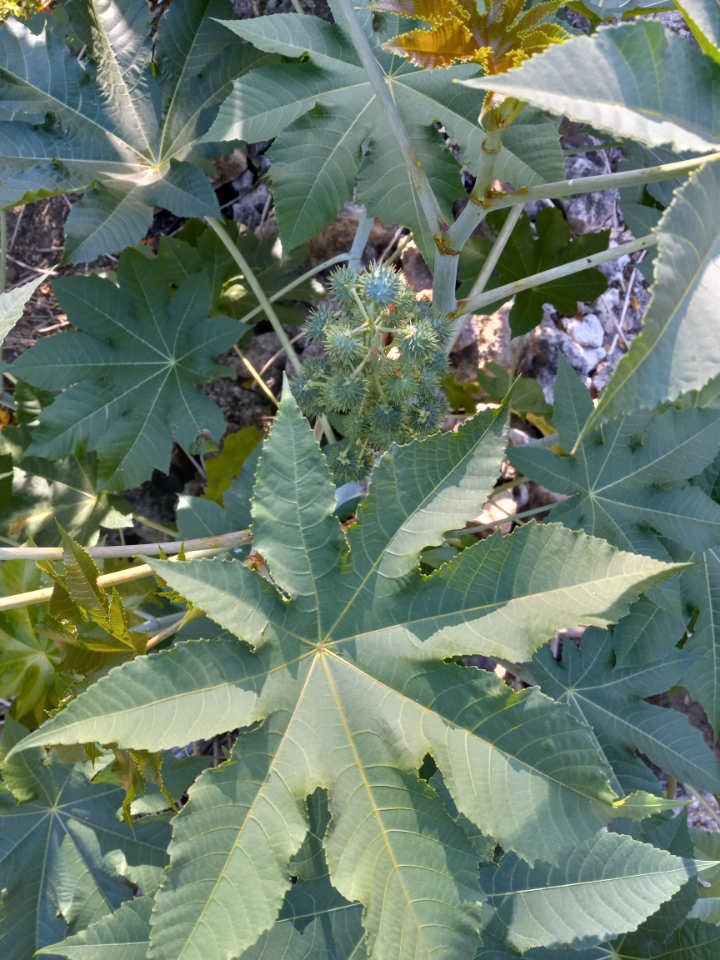
Editor’s Note: This is the first in a four-part series on the ancient plants and herbs of the Bible.
We are in a new era of enlightenment when it comes to plants and herbs for the use of humankind. The Bible is an ancient sacred text inspired by God Himself that spoke through prophets, priests, kings, as well as ordinary people.

Today, the Bible remains the most inspiring Holy Book in the world for human conditions in life. It was the Holy Book where we find that God wrote the Ten Commandments on stone tablets in the 14th century BC and gave it to Moses, an African. As a naturalist, I find the Bible’s natural history, particularly its botany, fascinating with its figurative language and metaphors of the everyday life of people, plants and herbs.
This will be a four-part series describing the ancient plants and herbs of the Bible. Throughout this series, I will quote Scripture and give a brief history and use of each plant and herb.
In the modern world today, almond (Amygdalus communis) is a popular food used as it was in biblical times. You can get almond milk from several grocery stores in the Virgin Islands. As you know, almond milk is very nutritious and can be a substitute for cow’s milk. In the Bible, there are several references to almond.
“Moreover the word of the Lord came unto me, saying, Jeremiah, what seest thus? And I said, I see a rod of an almond tree. Then said the Lord unto me, Thus has well seen: for I will hasten my word to perform it.” Jeremiah 1:11-12. Numbers 17:8, Genesis 43:11, and Ecclesiastes 12:5 also mentioned almond as an important food source for humans. The tree is native to Iran and surrounding countries of the region but cultivated elsewhere. Almonds are packed with medicinal uses. However, today the almond is used mostly for its delicious flavor and its nutritive value. Almonds are useful in diabetic food and can be made into biscuits or cakes. Almond flour contains almost no starch. In biblical times, Jacob instructed Judah to send almonds as a gift to Joseph when he was governor of Egypt.
Aloe (Aloe vera), which is a popular herb today, was also popular during ancient times. This herb is considered native to the Southwest Arabian Peninsula. Its genus contains over 500 species of flowering succulent plants. “And there came also Nicodemus, which at the first came to Jesus by night, and brought a mixture of myrrh and aloes, about an hundred pound weight. Then took they the body of Jesus, and wound it in linen clothes with the spices, as the manner of the Jews is to bury.” John 19:39-40. Psalms 45:7-8 and Proverbs 7:16-17 also mention aloe.
In the Virgin Islands, we call Aloe Sempervivy. In the ancient world, Aloe was religiously significant, especially in the Middle East. Muslims hung the plant over the doors of their houses as a protection against evil spirits. Native Americans as well as enslaved Africans in the West Indies also hung the Aloe plant over their doors to protect them from evil spirits. There are so many uses of Aloe. It was a tradition in the Virgin Islands culture that every child had to eat Aloe before school started in September.

Carob (Ceratonia silique) is a popular plant in today’s food industry. I remembered reading in the Bible as a child that John the Baptist ate locust (grasshopper) and wild honey. Later on as an adult, I found out that the locust was not a grasshopper, but rather a plant known as carob. “And the same John had his raiment of camel’s hair, and a leather girdle about his loins; and his meat was locusts and wild honey. Matthew 3:4. The carob tree is also called “St. John’s bread” in many languages and the tree is native to Israel. Today, carob is in many of our products in the stores, especially in health food stores.
Hyssop (Hyssopus officinalis) was a popular herb in ancient times. The use of this herb was a ritual. “Purge me with hyssop, and I shall be clean: wash me, and I shall be whiter than snow.” Psalms 51:7. In the Bible, it frequently mentioned hyssop in the context of ritual purification and sacrifice, particularly during the Passover ceremonies of the Jews. Exodus 12:21-22 and John 19:28-30 also mentioned hyssop as a purification herb.
There are poisonous plants that can be used medicinally. However, you have to know what you are doing to administer the plant medicinally. Hemlock (Conium maculatum) was the plant that killed Socrates. The symptoms are less poetic, with the rolling of the eyes, bloating, salivation, difficulty breathing, and finally complete paralysis. The result could mean death. Hemlock appeared in the Bible twice in Amos 6:12 and Hosea 10:4. The Hebrew word (rosh) is more often translated as gall.
“And when they come unto a place called Golgotha, that is to say, a place of a skull, they gave him vinegar to drink mingled with gall: and when he had tasted thereof, he would not drink.” Matthew 27:33-24. This verse in Matthew refers to Christ’s crucifixion. Deuteronomy 32:32 and Lamentations 3:19-20 also mentioned gall. Hemlock has been used externally for relieving pain. However, in Biblical times, hemlock has been used thus metaphorically and to denote all kinds of poison.

In the early 1900s, the Castor bean (Ricinus communis) plant was introduced on St. Croix to Estate Anna’s Hope Agricultural Experiment Station. It was grown on the island to extract the oil from the seed to make castor oil. In the Bible, it is known as a gourd. “And the Lord God prepared a gourd, and made it to come up over Jonah, that it might be a shadow over his head, to deliver him from his grief. So Jonah was exceeding glad of the gourd. But God prepared a worm when the morning rose the next day, and it smote the gourd that it withered.” Jonah: 6-7.
According to Michael Zohary, Palma Christi is another name for the castor oil plant. The seeds have been found in 6,000-year-old Egyptian tombs. The plant has a lot of medicinal uses. However, it is deadly. In other words, poisonous if you use the plant incorrectly.
Plants and herbs of the Bible continue!
— Olasee Davis is a bush professor who lectures and writes about the culture, history, ecology and environment of the Virgin Islands when he is not leading hiking tours of the wild places and spaces of St. Croix and beyond.





